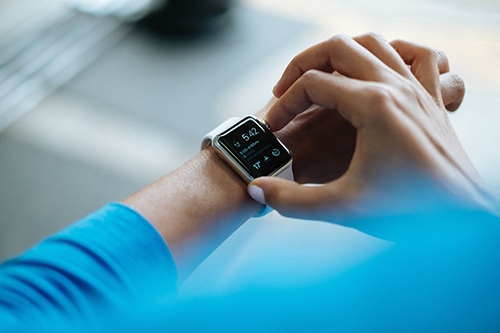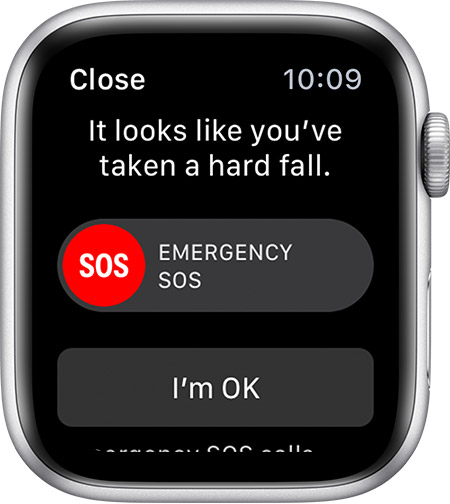 Smartwatch as Medical Alert Device
Smartwatch as Medical Alert Device
Can you use smartwatch as a Medical Alert Device? There are a couple of different ways to do this, but the short answer is yes. Some smartwatches can operate as a medical alert device as well as a smartwatch. This includes the popular and stylish Apple Watch, which is good news for older adults who worry about how unattractive and stigmatizing medical alert devices are. The website Tech-Enhanced Life did a comparison review of smartwatches that also function as a medical alert device. For this article, we focus on using an Apple Watch as a Medical Alert Device. However, if you are interested in this topic – and want to learn more about the various smartwatches available – we highly recommend reading Tech-Enhanced Life’s review.
How it works
There are a few different ways to use an Apple Watch as a Medical Alert Device. Some of which can be confusing. For the sake of simplicity, our focus is to use an Apple Watch Series 4 or later, paired with an iPhone using GPS.
From Apple Support:
“If Apple Watch Series 4 or later detects a hard fall while you’re wearing your watch, it taps you on the wrist, sounds an alarm, and displays an alert. You can choose to contact emergency services or dismiss the alert by pressing the Digital Crown, tapping Close in the upper-left corner, or tapping “I’m OK.” If your Apple Watch detects that you’re immobile for about a minute, it begins a 30-second countdown, while tapping you on the wrist and sounding an alert. The alert gets louder so that you or someone nearby can hear it. If you don’t want to call emergency services, tap Cancel.
When the countdown ends, your Apple Watch automatically contacts emergency services.  When the call connects, your Apple Watch plays an audio message that informs emergency services that your Apple Watch detected a hard fall and then it shares your current location as latitude and longitude coordinates. The first time the message plays, the audio is at full volume, but then the volume is reduced so that you, or someone nearby, can talk to the responder. The message continues to play until you tap Stop Recorded Message or the call ends. Wrist Detection must be turned on for your watch to automatically call emergency services.”
When the call connects, your Apple Watch plays an audio message that informs emergency services that your Apple Watch detected a hard fall and then it shares your current location as latitude and longitude coordinates. The first time the message plays, the audio is at full volume, but then the volume is reduced so that you, or someone nearby, can talk to the responder. The message continues to play until you tap Stop Recorded Message or the call ends. Wrist Detection must be turned on for your watch to automatically call emergency services.”
What we like about it
One of the biggest complaints from older adults is how much they dislike wearing Medical Alert Devices. The devices are unattractive and bulky. They don’t like the stigma that comes with wearing a button device. In fact, upon researching this topic we found an estimated 80% of seniors refuse to wear their device or simply forget to wear it.
In contrast, an Apple Watch looks great. It is water-resistant and multi-functional. It has been adopted by athletes and adults of all ages and backgrounds. So, no “senior citizen” stigma to worry about with an Apple Watch. Not only does an Apple Watch have a fall detection feature, but it also tracks your heart rate, your steps, the weather, your messages, and of course, tracks the date/time. Plus, there is no monthly service fee with as is the case with traditional Medical Alert Devices. Best of all, most seniors are accustom to wearing a watch, so it’s easy to adopt an Apple Watch into a daily routine.
What we dislike
Tech-enhanced life explains the biggest con to an Apple Watch is that it calls 911 directly. As opposed to a traditional Medical Alert Device which connects to a call center where a reassuring professional evaluates the emergency. The Apple Watch also has to be re-charged daily. Not to mention, there’s also the technology aspect that may be challenging for some seniors.
Got Insurance Questions?
Empower Brokerage wants to help you understand what coverage you need and how to save money when getting it. We want to help you stay on top of your health. CALL US at (844) 410-1320
Get affordable health insurance quotes by clicking here.
See our other websites:

